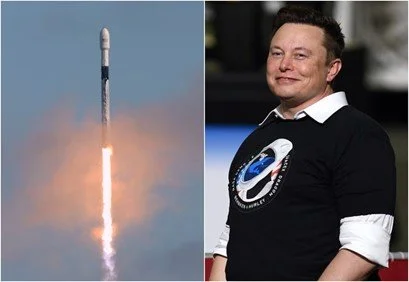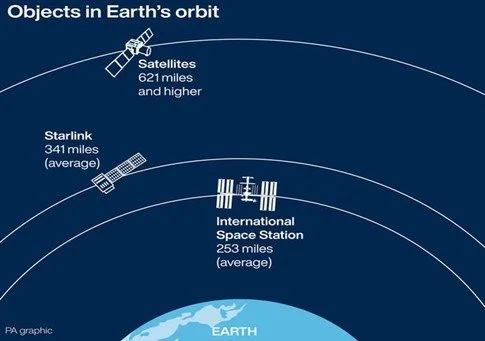Beam It Down, Scotty! By William Lama, Ph.D
In 1997 an MIT article noted that the sky will soon fill with satellites providing communication to every point on Earth, and that they should do double duty by collecting solar energy and beaming it down to Earth. Perhaps that time has come.
First, we need to launch a satellite with the right stuff on board. SpaceX can do that.
The SpaceX Starlink satellites orbit 341 miles above Earth. There are 3,600 in orbit now, growing to 12,000 in 2026.
Starlink satellites employ solar cell arrays of more than 1200 square feet powering a 12GHz (12 billion cycles/sec) microwave array.
The 2D array of antennas (radiators) produce a beam of 12 GHz microwaves. The beam direction is steered by varying the phase of the radiators.
How does Starlink Satellite Internet Work?📡☄🖥 - YouTube
To test this process, a Caltech technology demonstrator was launched to space in a SpaceX Falcon 9 rocket on Jan. 3, 2023. The rocket deposited dozens of experimental satellites in Sun-synchronous orbits. The experiments will test a variety of solar cells and flexible microwave power transmitters. We look forward to the results.
Caltech to Launch Space Solar Power Technology Demo into Orbit in January |
William Lama has a PhD in theoretical physics from the University of Rochester. He was a college physics professor and a scientist at Xerox Research Labs. He spent his last decade at Xerox managing software and electronics R&D. After retiring he served as Palos Verdes Library trustee for eight years, three as president of the Board. He may be reached at wlama2605@gmail.com.









